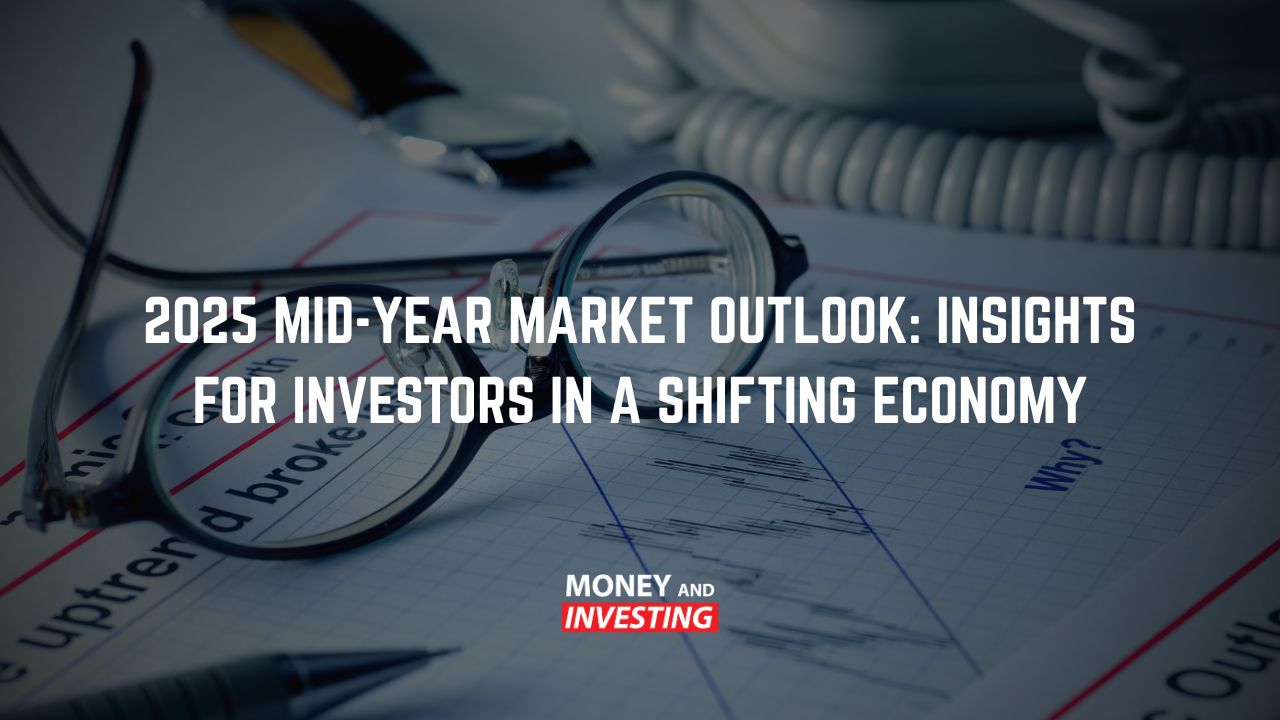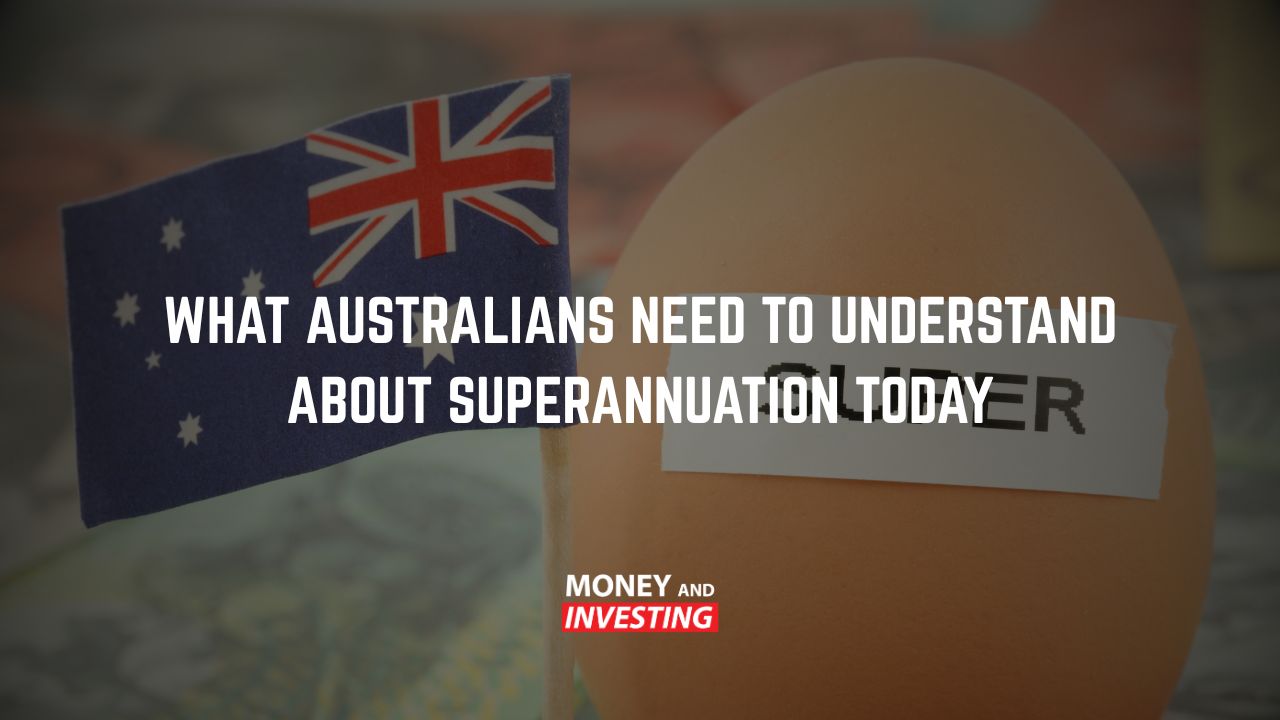Exchange Traded Funds have grown massively over the last few years and can be a great tool for trading and investing. Join us this week as we dive into ETFs and how you can use them to your advantage:
What Are ETFs
There is often some confusion around exactly what an ETF is. Instead of picking 1 or a few particular stocks to add to your portfolio, ETFs are a bundled group of stocks, or a fund consisting of bundled different stocks and the price of the ETF moves with the weighted prices of the stocks within it. ETFs are constructed by given funds and then publicly listed and traded in the open market – hence Exchange Traded Funds. They vary in what they cover as there are ETFs that can cover an entire market such as the Nasdaq or the S&P 500, and then there are ETFs that can cover certain sectors or commodities. The possibilities are limitless with regard to the allocations within an ETF and the nature of them as an investment vehicle makes their costs very competitive, certainly more than a managed fund.
ETFs vs Managed Funds
ETFs and managed funds are totally different ways to be active in the stock market, however they each have their advantages. As noted earlier, ETFs can offer more competitive pricing compared to the fees being charged by managed funds. Host Andrew Baxter explains that managed funds can have mixed performance and more recently the spotlight has been on them for being weak. This mixed performance can stem from the fact that there is a fund manager picking stocks and allocating portions of your portfolio to different areas of the market and this can only be done with limited success in most cases. ETFs give you the opportunity to track in line with an index or sector completely without risking a fund manager’s ability to pick specific stocks. When it comes to ESG investing even, you are able to see all of the holdings and allocations within an ETF and decide for yourself if the ETF aligns with your personal attitudes towards investing whereas this sort of control is relinquished when you leave your money in a managed fund.
Different Types of ETFs
The most diversified ETFs are broad market ETFs which are also very heavily traded. Host Andrew Baxter has a raft of experience trading ETFs and does most of his trading on the US market where ETF availability and liquidity is greater than that of Australia. The flexibility to use options is also much more common in the US. A pair of the major ones would be SPY (S&P 500) and QQQ (Nasdaq 100). Trading these as you would a typical stock allows you fairly cheap exposure to the overall market as you only need to pay a brokerage fee upon buying and selling the shares. If you are in the ETF trading space, you can consider using a solar system model for your account where the sun is your core holding and then you have a solar system of surrounding positions. The next step out may be sector specific ETFs. If you wanted to be exposed to gold or financial stocks or pretty much anything you could imagine, you would be able to do it by way of ETFs.
Specificity of ETFs
Although ETFs are designed to cover a broad range of stocks in a certain class, those classes can get very niche indeed. Host Andrew Baxter likes one in particular in this sense – EMTY. EMTY is a retail sector ETF which does not track retail stocks as such, but is aligned with the idea that brick and mortar retail stores are going to be weaker than online retail. During Covid, EMTY was a great choice as lockdowns were introduced and spending in the online retail space was huge and hence EMTY rallied hard. Likewise, the pandemic saw an increase in the number of pets as people were looking for companions during lockdown and PETS was another good play as it was set up to benefit from increases in the pet care space. Although these can sound absurd, in certain situations they can provide very lucrative opportunities.



